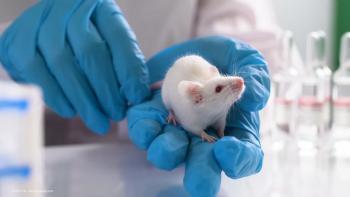
Risk of rhegmatogenous retinal detachment rises following cataract surgery
The investigators undertook a study to determine the incidence of rhegmatogenous retinal detachments 1 year after cataract using the IRIS Registry data and to determine the demographic features, ocular comorbidities, and intraoperative factors associated with an increased risk of detachment development.
Michael Morano, MD, and colleagues identified the factors that put patients at higher risk of development of a rhegmatogenous retinal detachment (RRD) after cataract surgery. Morano is from Stanley Kimmel Medical College, Thomas Jefferson University, Philadelphia.
The investigators undertook a study to determine the incidence of RRDs 1 year after cataract using the IRIS Registry data and to determine the demographic features, ocular comorbidities, and intraoperative factors associated with an increased risk of detachment development.
Data analysis for rhegmatogenous retinal detachment
The study included 3,177,195 eyes of 1,983,712 patients. Of these, a RRD developed in 6,690 eyes (0.21%) at a median of 139 days after cataract surgery, a rate of about 1 in 500 eyes. Specifically, 15.9% of the RRDs developed within 30 days postoperatively, 37.3% within 90 days, and 59.9% within 180 days, Morano reported.
The highest incidence rate of RRD development was seen in male patients (odds ratio [OR], 3.15; confidence interval [CI], 2.99-3.32); younger age (40-50 years), (OR, 8.61; CI, 7.74-9.58); and eyes with lattice degeneration (OR, 10.53; CI, 9.82-11.28).
Other risk factors included Caucasian race, hypermature cataract, presence of a posterior vitreous detachment, high myopia, and use of a complex cataract surgery code.
“This information,” Morano stated, may guide the informed consent process and identify patients at higher risk for development of an RRD.
Newsletter
Keep your retina practice on the forefront—subscribe for expert analysis and emerging trends in retinal disease management.



















































